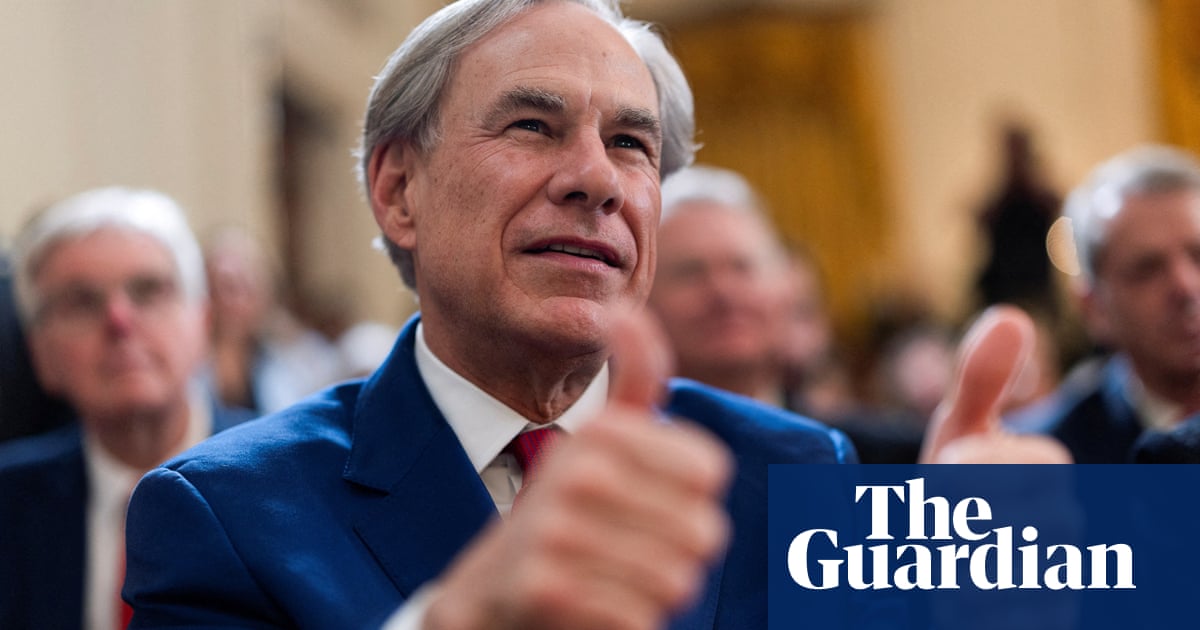Texas Launches $1 Billion School Voucher Program Under Governor Abbott
Texas has approved a $1 billion school voucher scheme, providing public funds for private school tuition to over 5 million students starting next school year.
Subscribe to unlock this story
We really don't like cutting you off, but you've reached your monthly limit. At just $5/month, subscriptions are how we keep this project going. Start your free 7-day trial today!
Get StartedHave an account? Sign in
Overview
Governor Greg Abbott has signed a law allowing Texas families to use public funds for private education, marking a significant shift in the state's educational policy. The new $1 billion program offers vouchers of $10,000 annually for regular students and up to $30,000 for those with disabilities. This decision has been framed by advocates as a step toward greater parental choice, while opponents argue that it may undermine public school funding. The program aims to cover around 90,000 students in its first year, possibly expanding its reach to 4.5 billion annually by 2030.
Report issue

Read both sides in 5 minutes each day
Analysis
- Texas has passed one of the largest school voucher programs in the US, allowing $1 billion in public funds for tuition at private institutions.
- Supporters argue that the program empowers parents with educational choice, while opponents warn it will financially harm public schools and primarily benefit wealthier families.
- The bill’s implementation follows years of resistance and significant lobbying efforts, particularly from the Trump administration, marking a pivotal shift in Texas education policy.
Articles (4)
Center (2)
FAQ
Participating families will receive approximately $10,300 to $10,900 per year per child, which is 85% of what public schools receive for each student in state and local funding[2]. For students with disabilities, the amount could be up to $30,000 annually under certain conditions[3].
Opponents fear that the voucher program might cut into public school funding and enrollment as it diverts funds to private education[2].
The program is projected to potentially expand its annual cost to $4.8 billion by 2030, although legislative approval would be required for such spending[2].
History
- This story does not have any previous versions.


